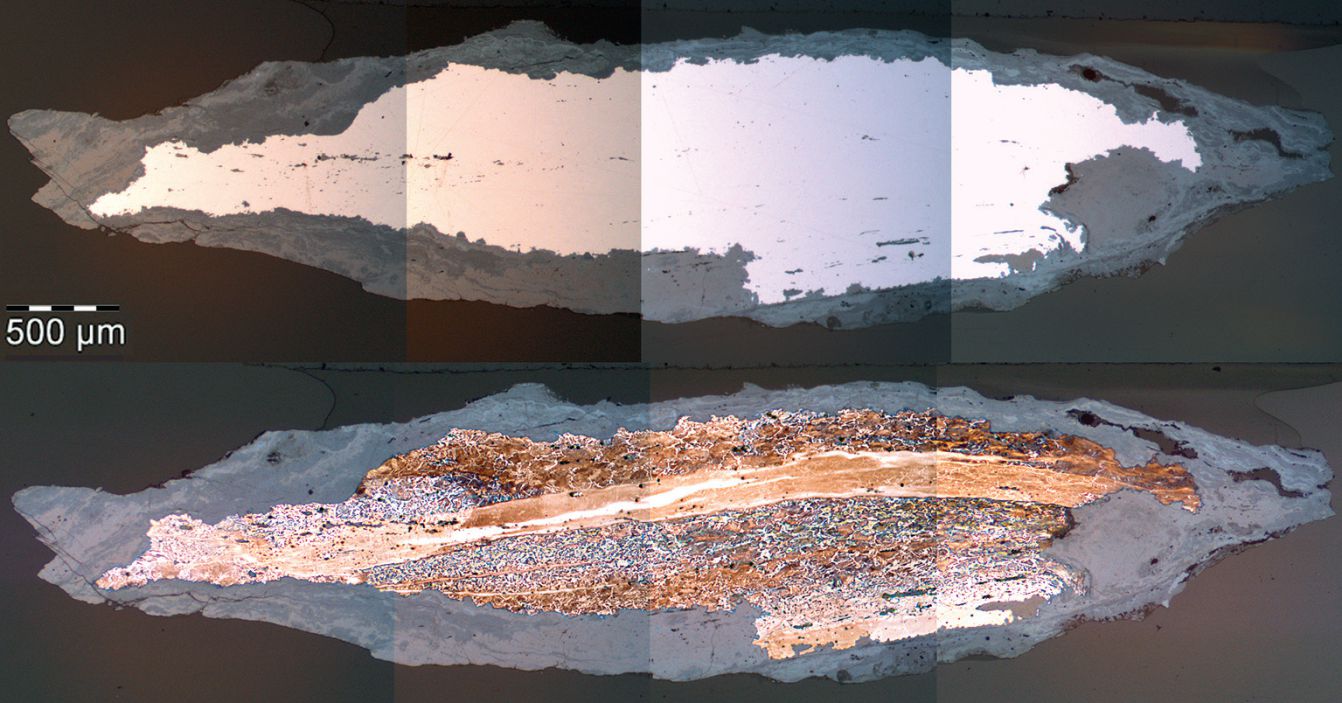Multi-phase microstructures in Anatolian Seljuks iron-steel objects: classification and production techniques
DOI:
https://doi.org/10.35686/AR.2018.27Keywords:
Anatolian Seljuks, multiphase steel, crucible steel, arrowheads, archaeometallurgyAbstract
In this paper a collection of iron objects from the Anatolian Seljuks Period, ca. 12th–13th century AD, are analysed and discussed from a metallurgical perspective. A total number of 21 iron-steel objects, small knives and flat bodied (with thin cross-section) arrowheads was examined. These objects are coming from the Seljuks’ cultural layers of Eğirdir (Isparta, Central Anatolian Caravanserai), Kubad Abad (Konya, Central Anatolian Sultan’s Palace Complex), and Samsat (Adıyaman, Eastern Anatolian Fortress). In the samples which were taken from iron tools, composite-like structures formed by different ferrous phases were revealed by metallography, SEM-EDX and micro hardness examinations. These structures are classified according to the production materials and techniques. The first group revealed signs of continuous forging and, in some cases, bloomery iron folding, which can lead to such composite-like structures. The second group consisted of tools which were produced from different starting materials which were forge-welded before or during shaping process. The crucible steel knives can be classified as another group, in which the composite-like structure exhibits totally different constituents leading to more homogeneous mechanical character. In modern times, composite materials have gained importance and become key engineering materials due to their outstanding specific properties. This study reveals that skilled Seljuks’ blacksmiths made similar materials design choices in the production of iron or steel objects, despite limited materials and metallurgical knowledge.
Downloads












